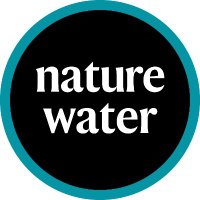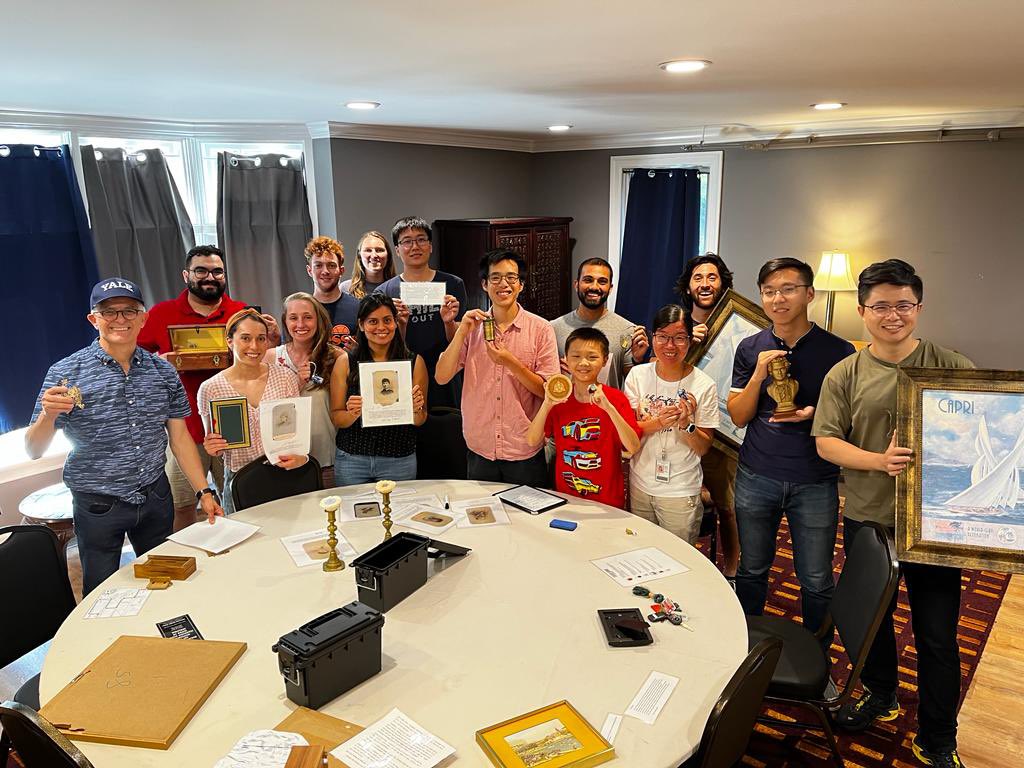
Lauren Mazurowski
@laurmazurowski
Environmental Engineering Ph.D Student💧@TheElimelechLab @Yale Interested in the water-energy nexus ⚡️
ID: 1366551570490425346
02-03-2021 00:51:11
82 Tweet
209 Followers
198 Following









Go check out our new paper in Nature Water on the Prospects of Metal Recovery from Wastewater and Brine! 💧📱🪫

In our first issue: What are the prospects for metal recovery from wastewater Read the perspective by Ryan M. DuChanois et al Ryan DuChanois Menachem Elimelech 👇 bit.ly/3iTBCmn




Week full of awards to our group Cody Ritt: AEESP Doctoral Dissertation Award Sohum Patel: American Chemical Society Gonter Research Paper Award Lauren Mazurowski: The Fulbright Program International Fellowship Weiyi: AEESP Doctoral Dissertation Award (based on PhD @WUSTL)


Our group at the Adventure Escape Room in Shelton, CT. A great team-building activity and lots of fun on a hot summer day. And we managed to escape the room after one hour….. @YaleSEAS Yale Environ. Eng. #EscapeRoom #TeamBuilding


(1/3) I am delighted to announce that I will be joining NC State University as an Assistant Professor in Mechanical & Aerospace Engineering NC State MAE NC State Engineering this August! My lab will compute for materials design in separation processes with applications in energy and environment.


Congratulations to our group member Lauren (Lauren Mazurowski) on passing the PhD Area Examination and officially becoming a #PhD candidate. Exciting PhD proposal on exploiting coordination complex geometry for ion-ion selective membranes. Yale Environ. Eng. @YaleSEAS NEWT Engineering Research Center



Super cool work on PFOA precipitation as a treatment method for industrial PFAS waste! Susanna Maisto John Fortner 👍🏼



